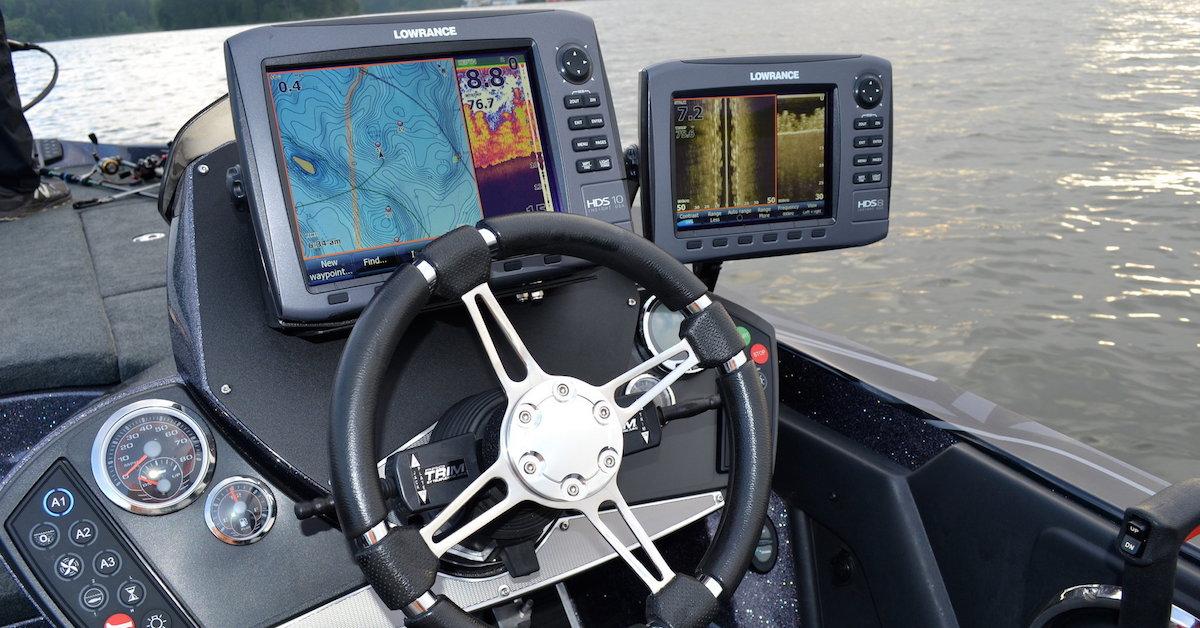Schooling Bass – Where To Look And How To Catch Them
As the days shorten and water temperatures drop, baitfish start to clump together in bigger and bigger schools. As the schools get bigger, they tend to attract more and more bass. As more and more bass move into specific locations, they’re feeding and competitive instincts kick into overdrive.Eventually these interactions will cause the bass to erupt into a feeding frenzy (commonly called schooling) as groups of ravenous bass bust baitfish up against a bank or the surface. If you happen to be in the area while it’s happening, it’s some of the most fast and furious action you can experience on the water, and the strikes are bone-jarring.Here’s where to look for schooling bass, and how to capitalize on them once you find them.
Where to look
For a feeding frenzy to occur there first needs to be large quantities of bait present, so most schooling holes feature at least one thing that routinely attracts bait. Secondary points, submerged timber along a creek channel, bridges, and stumpy flats are all places that bait congregates in the fall. By sticking to these areas, you’re increasing the chances of running into schooling activity.
How to catch them
Because it’s fast and furious, you can put the finesse gear and spinning rods away while chasing schoolers. The best baits can be casted a mile, retrieved quickly, and emulate a baitfish. Two top choices are lipless crankbaits like the 6th Sense Lures Snatch 70s and walk-the-dog topwaters like the River2Sea Rover. You can’t predict when they’ll come up and how close to the boat they’ll be, so casting distance and speed are imperative. If you land your cast within a couple feet of a bass up chasing shad, chances are you’re gonna get bit.
Updated November 12th, 2015 at 12:20 PM CT


